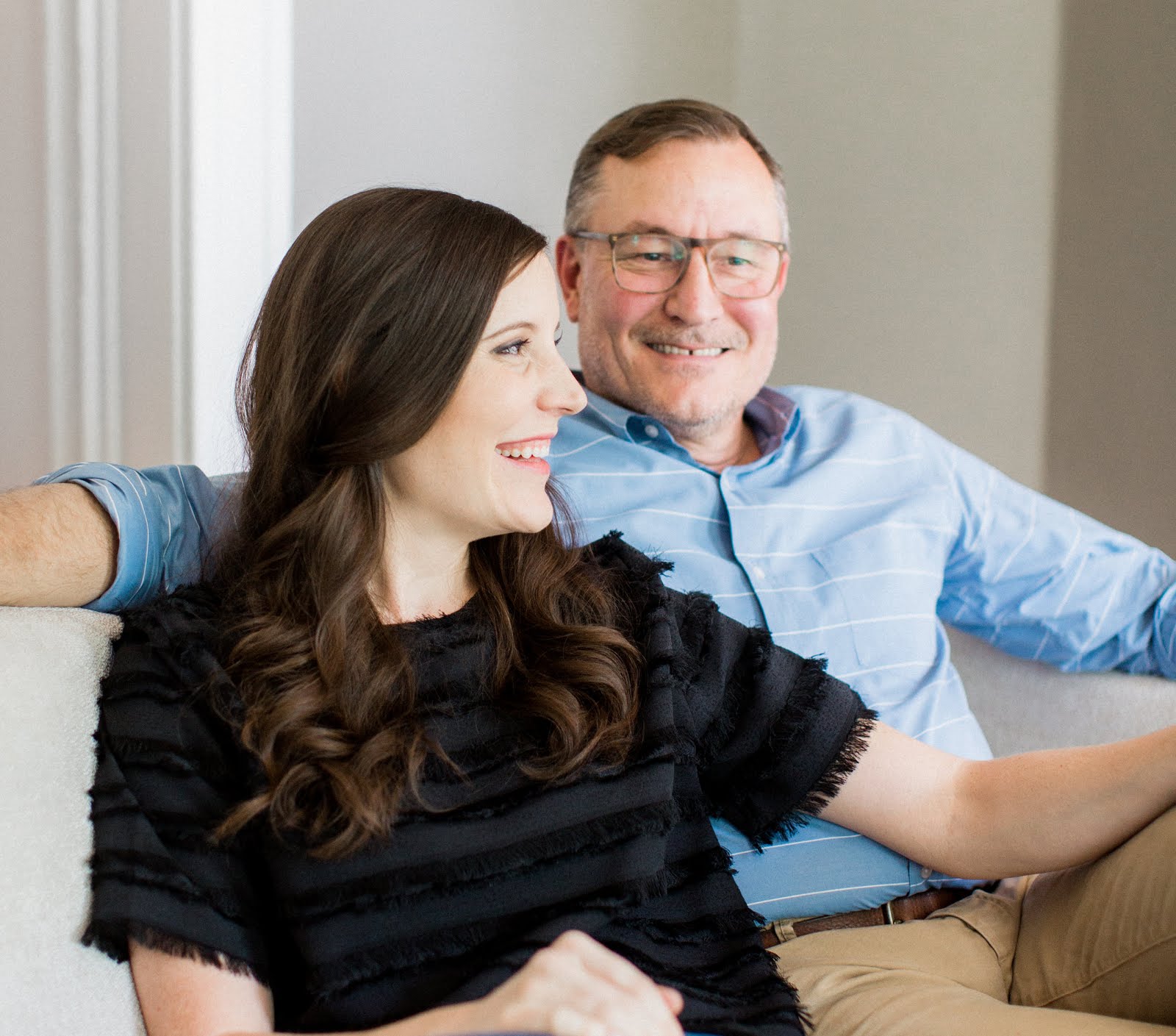We're trying out heirloom seeds from Baker Creek Seeds this season — you can see all their offerings online and find some locally at Harvest Grocery here in Richmond. I'm sure we'll mix in more seeds we have leftover from past seasons, but are excited to try these new varieties out.
We're starting seeds in eggshells again this year since they've done so well in the past, help us recycle and provide a little extra nourishment to the seeds while growing. In each of the eggshell sets we planted a variety of flowers and beans.
We're starting seeds in eggshells again this year since they've done so well in the past, help us recycle and provide a little extra nourishment to the seeds while growing. In each of the eggshell sets we planted a variety of flowers and beans.
For flowers, we're trying Black-eyed Susans and Hungarian Blue Breadseed Poppies. We're pretty excited about the poppies since they're a perennial that will come back each year. Deciding on the best spot for them will be our next problem to solve.
For the beans, we're also trying something new — asparagus beans. This plant is said to grow several feet tall with long bean pods up to 10 inches long. These should be really fun to watch and we still have a little window of time to figure out how we want to trellis them before needing to transplant the
sprouts.
In plastic yogurt cups, we planted seeds for Hungarian heart tomatoes, Hungarian black peppers and Hungarian hot wax peppers:
Here's some background — after last week's garden inspiration post, we got some kind comments and emails from you with more information about the "wall trees" (as we called them) we were so fascinated with. It turns out, the appropriate terminology is espaliered trees and boy, do they have a rich history!
It's actually an ancient agricultural practice for controlling woody plant growth for the production of fruit, by pruning and training branches, oftentimes flat against a structure such as a wall, fence, or trellis. The flat forms are not only interesting to look at, but serve a function as well —they're ideal for gardens in which space is limited (like ours!). When planted next to a wall that can reflect more sunlight and retain heat overnight, they absorb maximum sunlight. Learn more about this growing practice here and see some pretty amazing images of all sorts of different trees/plants grown this way here.
So! We picked up a small blackberry plant over the weekend and transplanted it into the ground back behind the staircase to try and make use of the unused space. If all goes according to plan, we'll train the plant to grow horizontally down the wooden fence:
I don't think we'll try to get too fancy with the espaliered formations against the wall, but if we get good horizontal growth that we're able to train and maintain, we'll be happy.
Out front we're going to try and grow peas in the front urn planters. In past seasons we've had success with all sorts of things in these planters — pansies, peppers and even brussels sprouts.
Since peas grow well vertically, we made DIY obelisks by turning tomato cages upside down and tying the tops with a little twine to form points:
We grew peas on tomato cage supports like these last year out back, so thought it could be an interesting and ornamental way to add some edible landscaping out front this year since the vines are always so lush and decorative looking.
As you could see from yesterday's update, these planters were looking pretty drab since they'd been untouched over the winter and lost much of their soil from the brussels sprouts we planted. We freshened them up by mixing in new soil, topped them with the DIY cage supports and planted 4 pea seeds in each urn.
Out front we went with golden sweet peas. We'll most likely plant more pea varieties out back too. For now, we just have to water, wait and hope for sun:
Tip: Once the growing season is over, save your upside-down tomato cages to make holiday trees with string lights!
We're both happy with this this first start to spring planting and can't wait to see how the seeds take shape. We were actually able to plant a few bulbs over the weekend too, so will share the all the background on those soon as well.
What have you started planting this season? We're excited at the thought of adding more perrenials in the mix of our landscaping — do you have any favorites that you look forward to seeing the return of each year?
Discover More:













Great post! Thanks for sharing!
ReplyDeleteI'm a new homeowner and new to gardening. I planted a lot of perennials and bulbs last summer and am looking forward to vegetable gardening this year. I love your idea for the DIY obelisks for your peas - they look great! I recently started seeds for two varieties of heirloom tomatoes and sweet chocolate peppers.
ReplyDeleteSome of my favorite - and easy - perennials are crocuses, grape hyacinths, anemones, and black-eyed susans.
Look forward to following how your garden comes along!